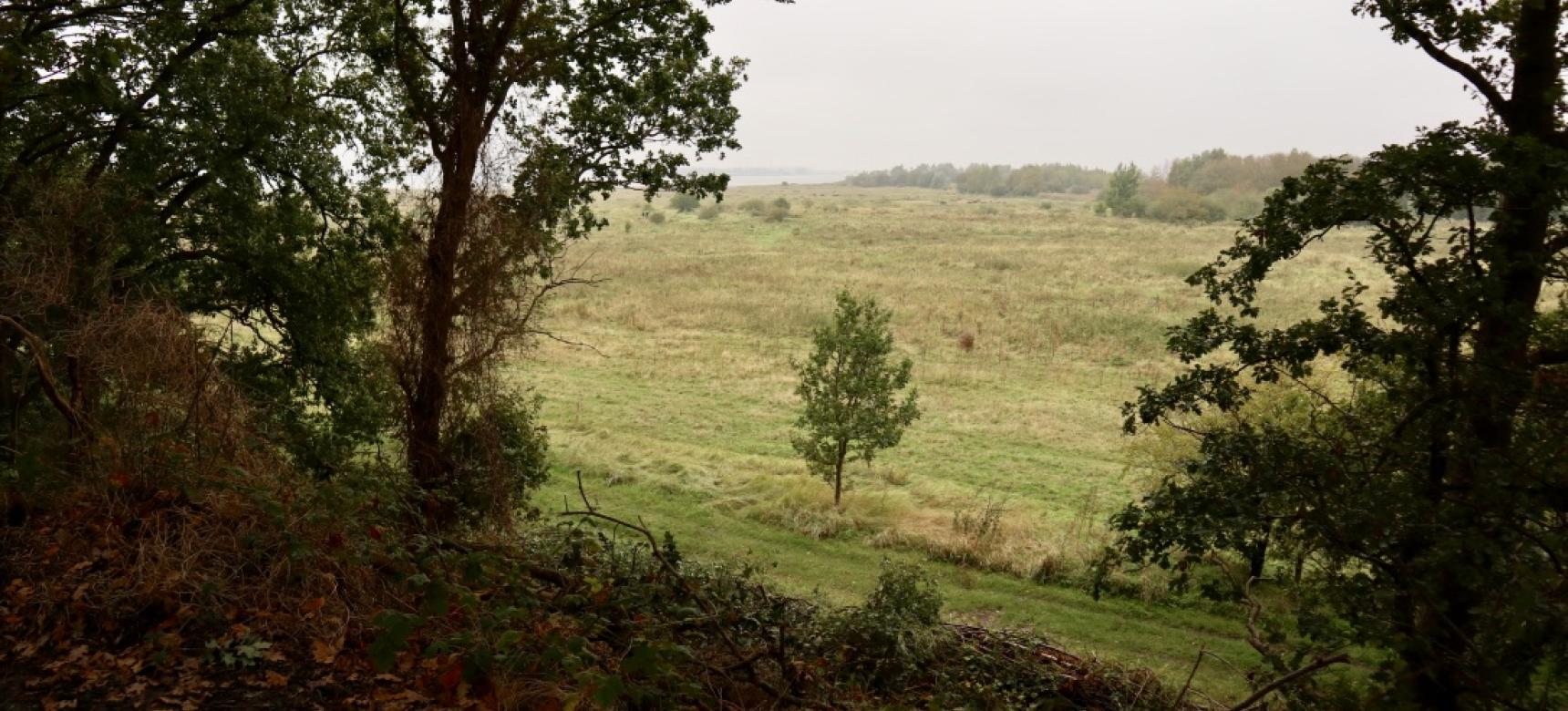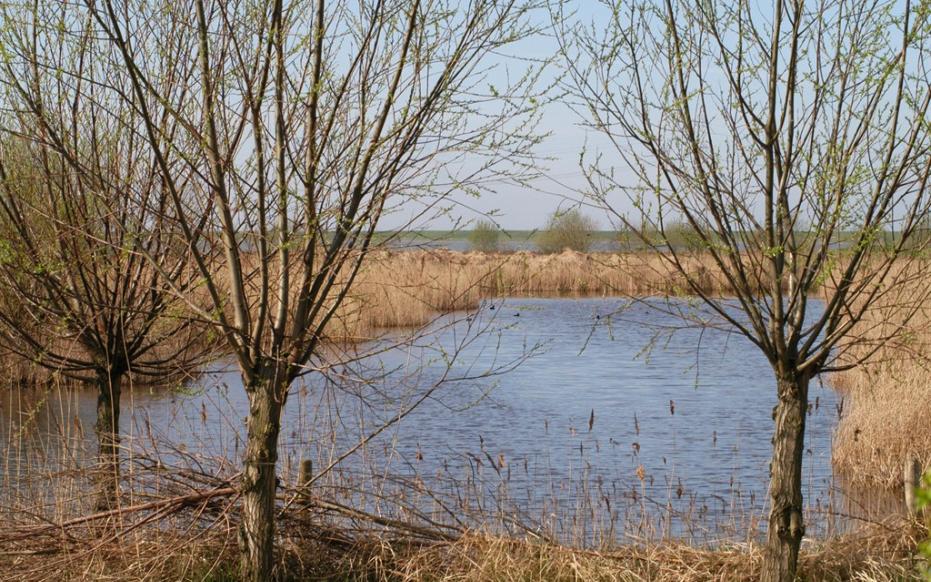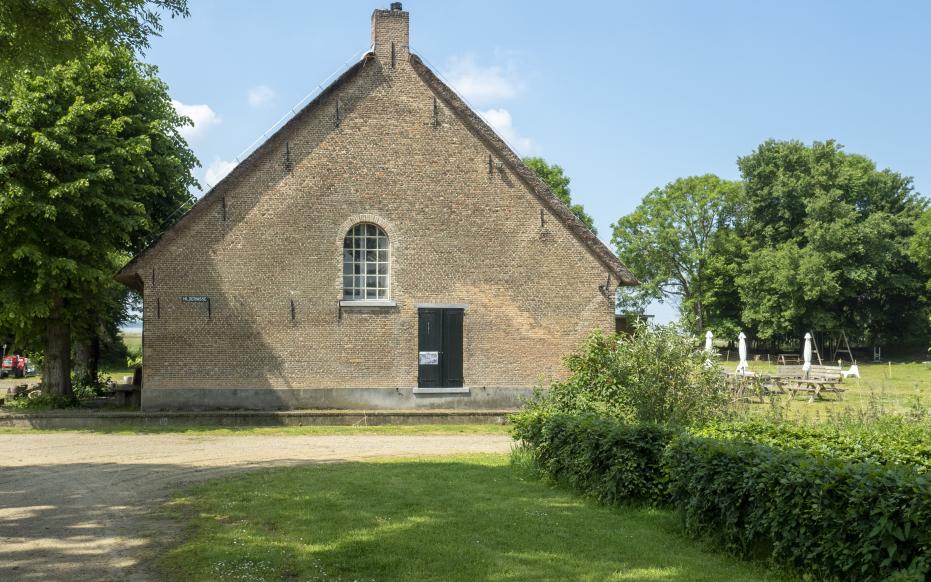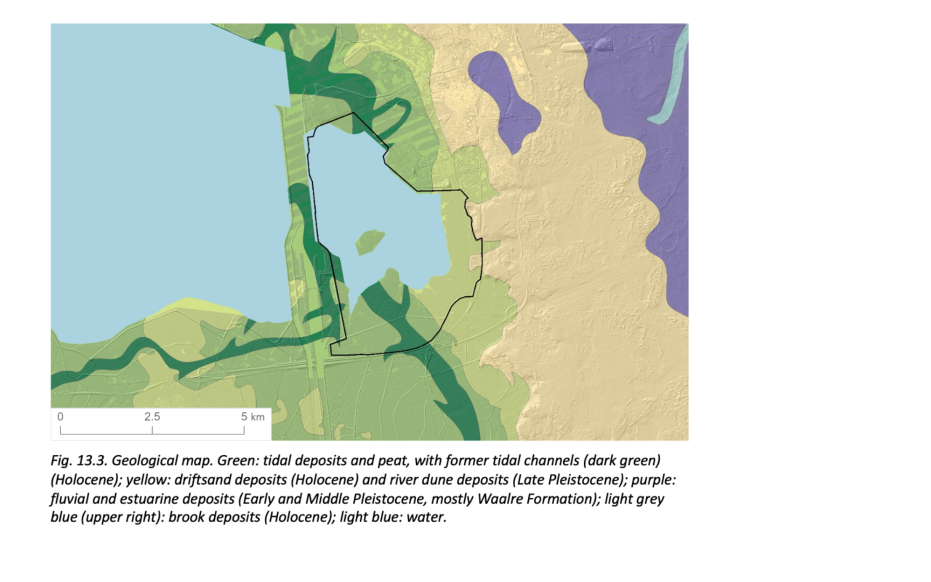Reclamation and floods
Embankments along the Scheldt in the Markiezaat area started as early as the 12th century. The extraction of the peat and salt, together with the drainage of the polders, led to a decrease in the land surface, making the area very vulnerable to flooding. The storm surges of 1530 (Saint Felix's flood) and 1532 had disastrous consequences throughout the region. Although parts of the land were temporarily re-diked again, many polders were permanently lost in subsequent floods in 1552 and 1570. The area of the Markiezaat included the old village of Ossendrecht, Hildernisse, Vijfhuizen and Roversberg, as well as the monastery Emmaus, which drowned along with the polders. Much of the disappeared land was never reclaimed. The old polder land was intersected by channels and creeks which, under the influence of the tide, deposited sandy mud and then clayey salt marshes on it. In today's Markiezaat, this landscape of salt marshes and creeks can still be seen.



